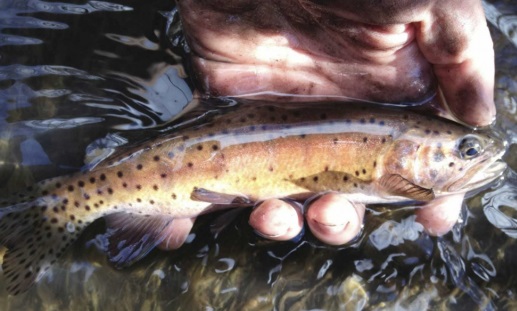
I think it’s safe to say that rarely in my life have I been inspired performing grant reporting. But in a recent effort to compile progress toward metrics for the National Fish and Wildlife Foundation’s Lahontan Cutthroat Trout Keystone Initiative, which funds much of TU’s work on LCT, I had one of those wonderful “Wow!” moments in seeing—distilled into just a few numbers—what TU has been able to bring to the table for LCT conservation since the Initiative’s inception in 2010.
Back then, NFWF approached me to help develop a “Business Plan” to establish this new funding initiative, because they felt that the federally threatened Lahontan cutthroat trout was one at-risk trout where additional strategic funding could foster collaboration and innovation to help move the needle toward effective conservation (spoiler alert: they were right). I first worked with TU’s Amy Haak to apply the Portfolio approach she and Jack Williams had refined for inland trout to be certain we enveloped important aspects of LCT diversity, and pulled together the primary agency, university and tribal partners involved in LCT management and research to detail threats, goals and strategies for the business plan.
